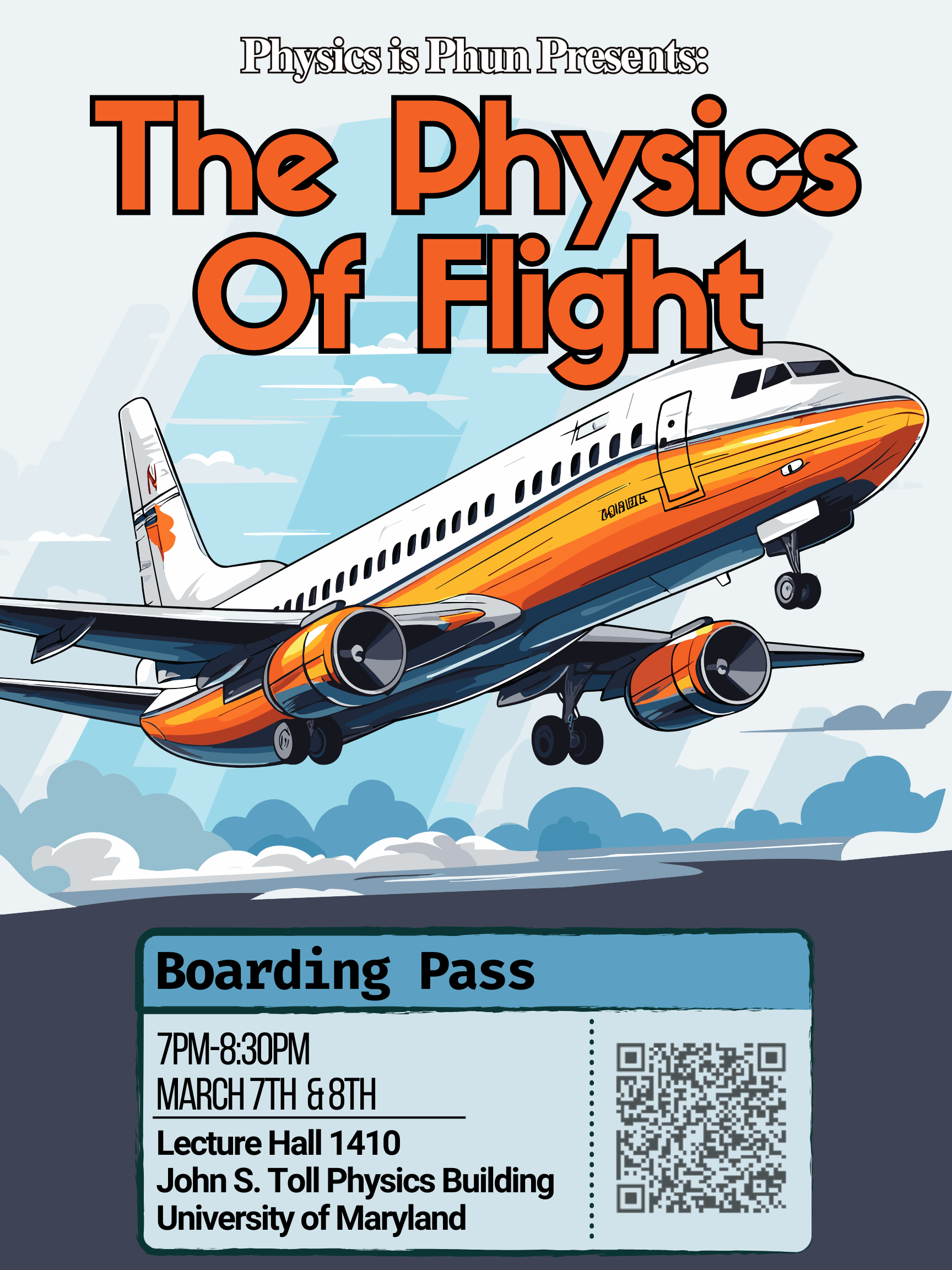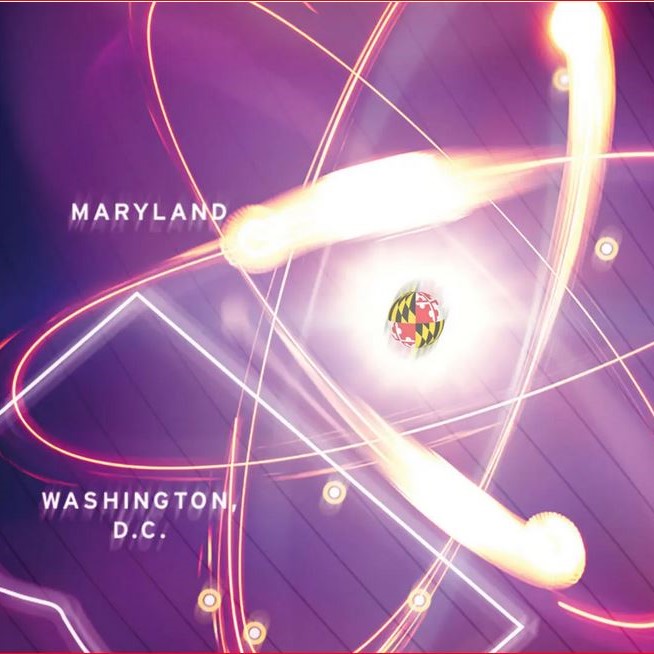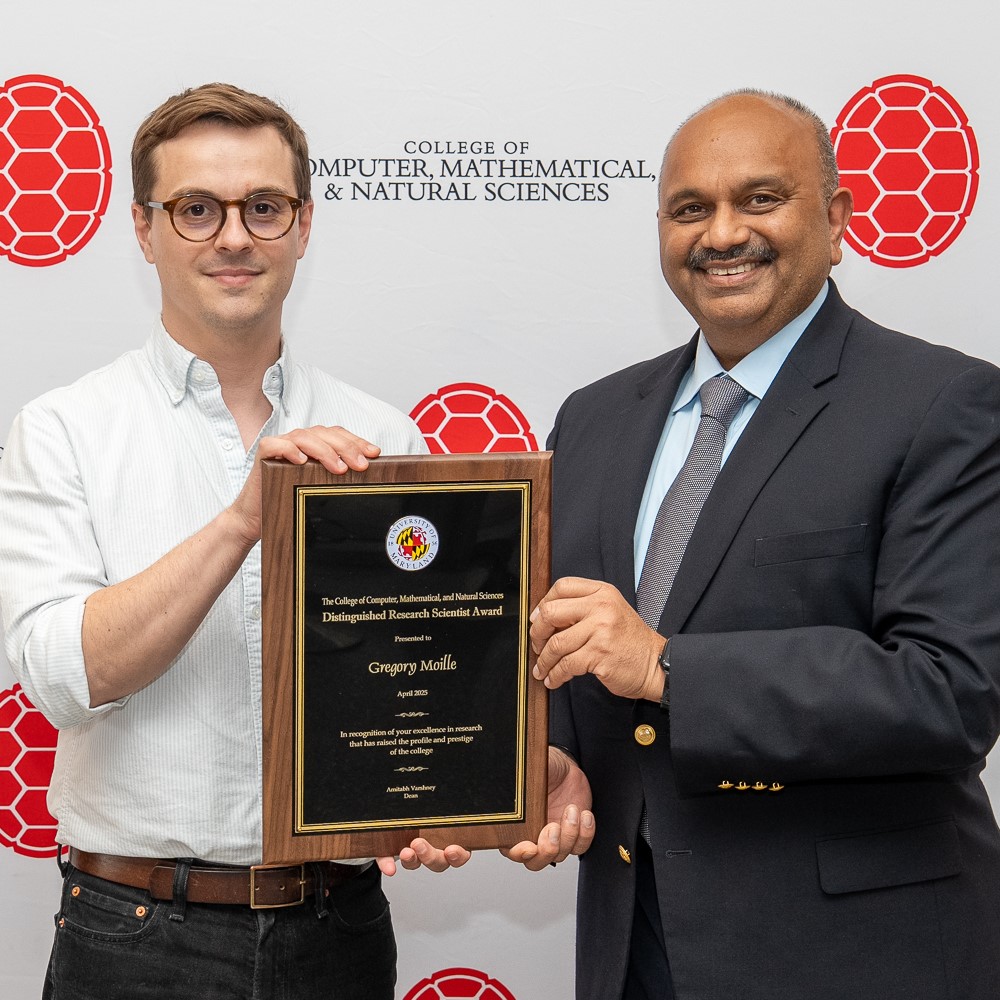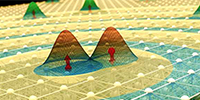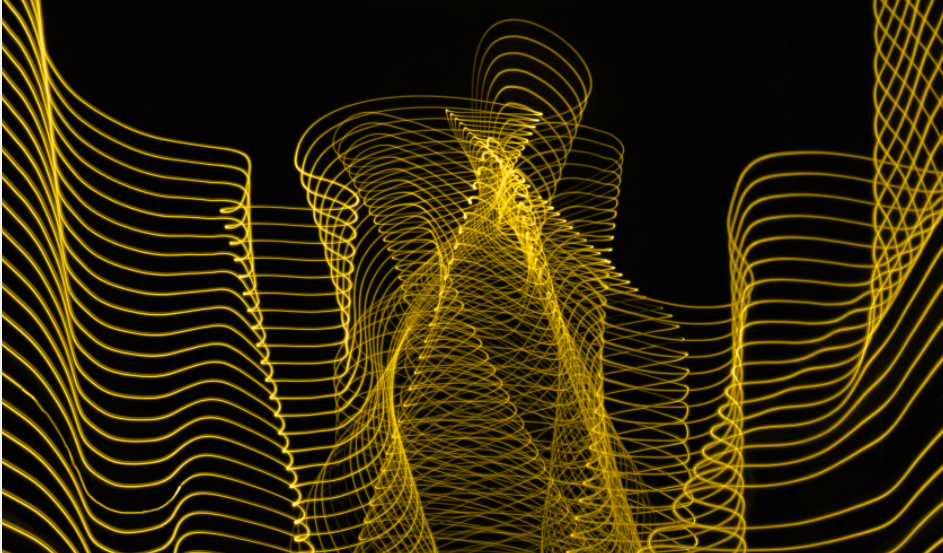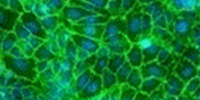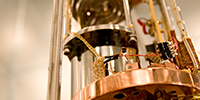Planck and Beyond
- Details
-
Created: Monday, December 02 2013 14:40
-
Last Updated: Monday, December 02 2013 14:40
-
Written by Carole Kiger
-
Hits: 3400
David Spergel, Princeton University
December 3, 2013
The Planck satellite has made an accurate full-sky measurement of the microwave background temperature fluctuations. These measurements probe both the physics of the very early universe and the basic properties of the universe today. The Planck measurements confirm the earlier WMAP and ground-based results, rigorously test our standard cosmological model and provide an accurate determination of basic cosmological parameters (the curvature of the universe, its matter density and composition). When combined with other astronomical measurements, the measurements constrain the properties of the dark energy and the mass of the neutrino. The observations also directly probe the physics of inflation: the current data imply that the primordial fluctuations were primarily adiabaticand nearly scale invariant.
Many key cosmological questions remain unanswered: what happened during the first moments of the big bang? What is the dark energy? What were the properties of the first stars? I will discuss the role of on-going and future CMB observations in addressing these key cosmological questions and describe how the combination of large-scale structure, supernova and CMB data can be used to address these questions.
-------------------------------------------------------------------------------------------------------------------------------------------------------------------------------------------------
Colloquia are held Tuesdays in Room 1410 at 4:00 pm (preceded by light refreshments at 3:30). If you have additional questions, please call 301-405-5946.
Energy Challenges: What Role for Efficiency and Renewables?
- Details
-
Created: Friday, October 11 2013 12:16
-
Last Updated: Friday, October 11 2013 12:16
-
Written by Carole Kiger
-
Hits: 3348
Sam Baldwin, DOE Office of Energy Efficiency and Renewable Energy
November 19, 2013
The U.S. and the world face tremendous economic, environmental, and security challenges due to our current patterns of energy supply and use. The scale of change needed is enormous; the time available for change is short. What role can energy efficiency and renewable energy serve in helping meet these challenges? Energy efficiency improvements have cut the U.S. energy intensity in half in the last 40 years; how much more opportunity remains? For renewables, many have expressed concern that resources such as biomass and hydropower are limited, geothermal is either limited (hydrothermal) or hard to tap, and solar and wind are variable, arguing that these factors sharply limit the ability of renewables to supply a significant share of electricity. How much of our power could renewables supply? What would be the electric system operational challenges due to the variability of wind and solar? What would be the cost of transitioning to a power system that relies substantially on renewables? These issues and more will be presented, particularly with respect to dramatic changes now beginning in the electricity sector.
Short Bio:
Sam Baldwin is a PhD. Physicist (University of Maryland, College Park, 1980) and currently serves as the Chief Science Officer for the Office of Energy Efficiency and Renewable Energy at the U.S. Department of Energy. In previous positions he has served with the White House Office of Science and Technology Policy (OSTP), the National Renewable Energy Laboratory, the Congressional Office of Technology Assessment (OTA), Princeton University, the Sahelian Anti-Drought Committee (CILSS) in West Africa, the U.S. Senate, and elsewhere. He is the author or coauthor of 9 books and monographs at OSTP, OTA, DOE, and elsewhere, and more than 30 papers and technical reports on energy technology and policy, physics, and other issues. He was elected as a Fellow of the American Association for the Advancement of Science in 2007.
-------------------------------------------------------------------------------------------------------------------------------------------------------------------------------------------------
Colloquia are held Tuesdays in Room 1410 at 4:00 pm (preceded by light refreshments at 3:30). If you have additional questions, please call 301-405-5946.








